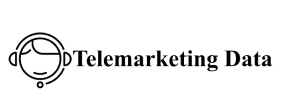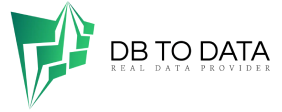Effective customer service is crucial for business success, and contact centres play a central role in delivering this service. However, maintaining a contact centre can be expensive. Understanding and managing these costs is essential for optimizing operations while maintaining high-quality service. Here are the key factors contributing to contact centre costs and strategies for managing them.
1. Labor Costs:
Labor costs are typically the most significant expense for contact centres, accounting for around 60-70% of total costs. These include salaries, benefits, training, and management overhead.
Strategies to Manage Labor Costs:
- Optimized Scheduling: Use workforce management (WFM) tools to create efficient schedules that match call volume patterns.
- Training and Development: Invest in ongoing training to improve agent productivity and reduce turnover.
- Outsourcing: Consider outsourcing certain functions to lower-cost regions or specialized third-party providers.
2. Technology Costs:
Technology is a significant component Chinese Overseas Asia Number of contact centre operations, covering hardware, software, telephony, and infrastructure. This includes customer relationship management (CRM) systems, automatic call distributors (ACDs), interactive voice response (IVR) systems, and other digital tools.
Strategies to Manage Technology Costs:
- Cloud Solutions: Shift to cloud-based contact centre solutions to reduce upfront capital expenditures and benefit from scalable, pay-as-you-go models.
- Unified Platforms: Integrate systems to streamline operations and reduce the complexity of managing multiple technologies.
- Regular Audits: Conduct regular audits of technology usage to eliminate redundancies and ensure efficient utilization of resources.

3. Operational Costs:
Operational costs include utilities, office space, equipment, and other day-to-day expenses necessary to run a contact centre.
Strategies to Manage Operational Costs:
- Remote Work: Implement remote work policies to reduce the need for physical office space and related expenses.
- Energy Efficiency: Invest in energy-efficient equipment and practices to lower utility bills.
- Outsourcing Non-Core Functions: Consider outsourcing non-core functions like janitorial services, catering, and maintenance to specialized providers.
4. Quality Assurance and Compliance Costs:
Maintaining high service quality and compliance with industry regulations can be costly. These costs include quality assurance (QA) programs, compliance management, and related audits.
Strategies to Manage QA and Compliance Costs:
- Automated QA Tools: Utilize automated QA tools to streamline the quality monitoring process and reduce manual labor.
- Continuous Improvement: Adopt continuous improvement methodologies like Six Sigma to enhance efficiency and reduce errors.
- Regulatory Awareness: Stay updated on industry regulations to proactively manage compliance and avoid costly penalties.
5. Customer Acquisition and Retention Costs:
Attracting new customers and retaining existing ones requires investment in marketing, sales, and customer loyalty programs.
Strategies to Manage Customer-Related Costs:
- Data Analytics: Use data analytics to identify and focus on high-value customers and optimize marketing spend.
- Customer Feedback: Implement robust customer feedback mechanisms to understand pain points and improve service quality.
- Loyalty Programs: Design cost-effective loyalty programs that incentivize repeat business and enhance customer retention.
Conclusion:
Managing contact centre costs effectively requires a strategic approach that balances operational efficiency with Hong Kong Phone Numb high service quality. By optimizing labor, leveraging technology, controlling operational expenses, ensuring compliance, and focusing on customer acquisition and retention, businesses can create a cost-effective and customer-centric contact centre. Implementing these strategies will not only help in reducing costs but also in enhancing overall customer satisfaction and loyalty.







